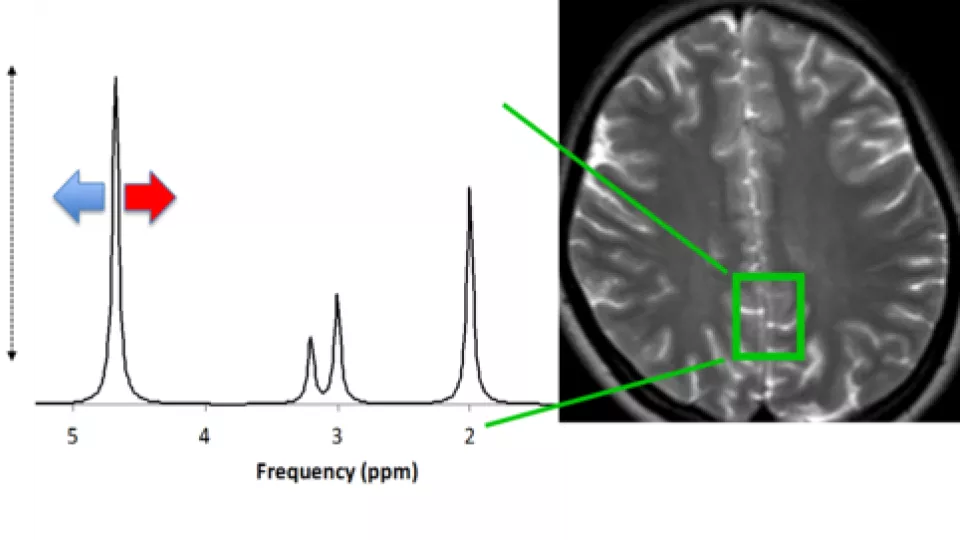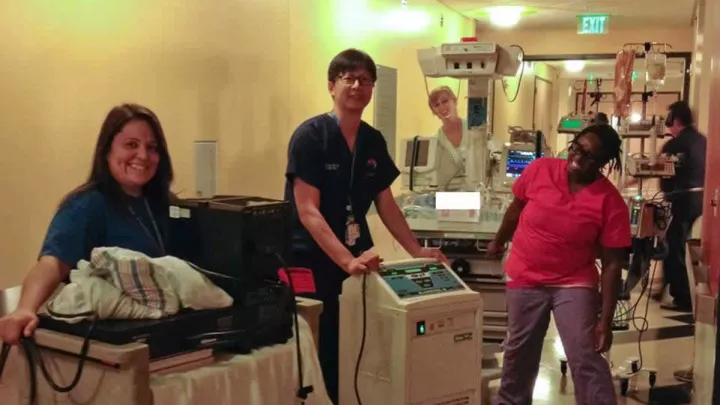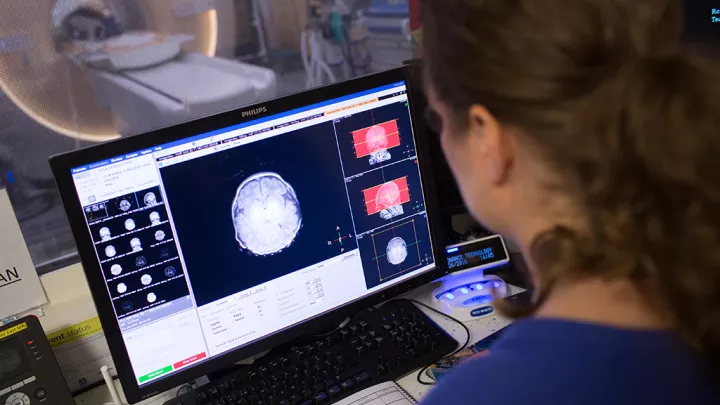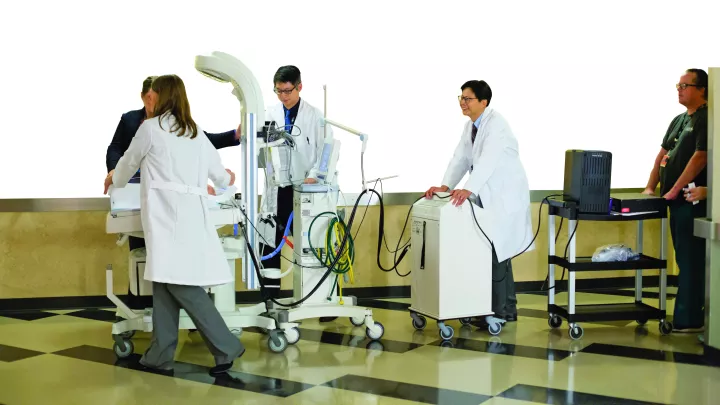
Freeze the Brain to Save a Life
Yesterday marked the first day of winter—the official start to the season of snowball fights, ice skating and freezing temperatures (at least in most parts of the U.S.). But while Angelenos may cringe at the thought of anything under 50 degrees, cooling down can actually save the lives of young infants with hypoxic-ischemic encephalopathy (HIE).
One of the leading causes of neonatal death worldwide, HIE is characterized by the lack of oxygen to the brain, which can happen during the birthing process or as a result of reduced blood flow. In addition to the risk of death, this asphyxia can lead to cerebral palsy, intellectual disability, developmental delays and seizures.
Inducing Hypothermia
As is the case with most brain injuries, the brain metabolism—and therefore, brain temperature— of infants with HIE will inevitably rise. But it’s the magnitude of the elevation that has a crucial effect on clinical outcome: the greater the metabolism increase, the more severe the brain damage. Because of this, physicians have turned to inducing hypothermia to “freeze” this dangerous increase in its tracks.
“Therapeutic hypothermia has become the standard of care for infants with HIE. By cooling the brain, we’ve been able to minimize damage, reduce overall neurodevelopmental effects and lower the risk of death,” stated Philippe Friedlich, MD, MBA, MSEpi, Interim Center Director and Division Chief of Neonatal Medicine at Children’s Hospital Los Angeles (CHLA). “That being said, it’s hard to perfect this method because measuring the temperature of the brain is both complicated and invasive.”
Due to the difficulties of accessing brain temperature, physicians have been using esophageal or rectal temperatures to measure cooling in therapeutic hypothermia patients. However, in infants with HIE, brain temperature is higher than body temperature—rendering these surrogates unreliable. To find a way to pinpoint the temperature of the brain itself, Friedlich and colleagues turned to some physicists for help. The results of this collaboration were recently published in The Journal of Pediatrics.
Imaging Brain Temperature
“We know that temperature affects the hydrogen bonds of water molecules, causing them to shift in position relative to certain metabolites,” explained Stefan Bluml, PhD, principal investigator in the Department of Radiology at CHLA. “We were then able to use non-invasive magnetic resonance spectroscopy—an imaging technique that measures biochemical levels— to analyze the chemical differences of these shifts. This allowed us to precisely and accurately measure temperature without disturbing the brain.”
With this new method, Friedlich, Bluml, and colleagues set out to formally test how effectively therapeutic hypothermia lowered brain temperature. They enrolled 18 patients and divided them into moderate or severe HIE groups, measuring the brain and rectal temperatures of all infants both during and after therapeutic hypothermia.
The Rise of More Questions
As expected, the researchers found that both sets of temperatures were lower during the actual cooling process than after. However, they also discovered that brain temperature of infants with severe HIE was higher than those with moderate HIE throughout the study—further confirming that higher temperatures correlate with greater brain injury.
“With the ability to measure brain temperature indirectly, we found that we might not be cooling the brains of infants with severe HIE low enough,” said Friedlich. “Because of this, we still have a lot of unanswered questions about these patients: how long should we cool? How deep should we cool? We need to conduct more clinical trials to see if we can improve the outcomes of newborns with HIE, especially those with severe HIE.”


